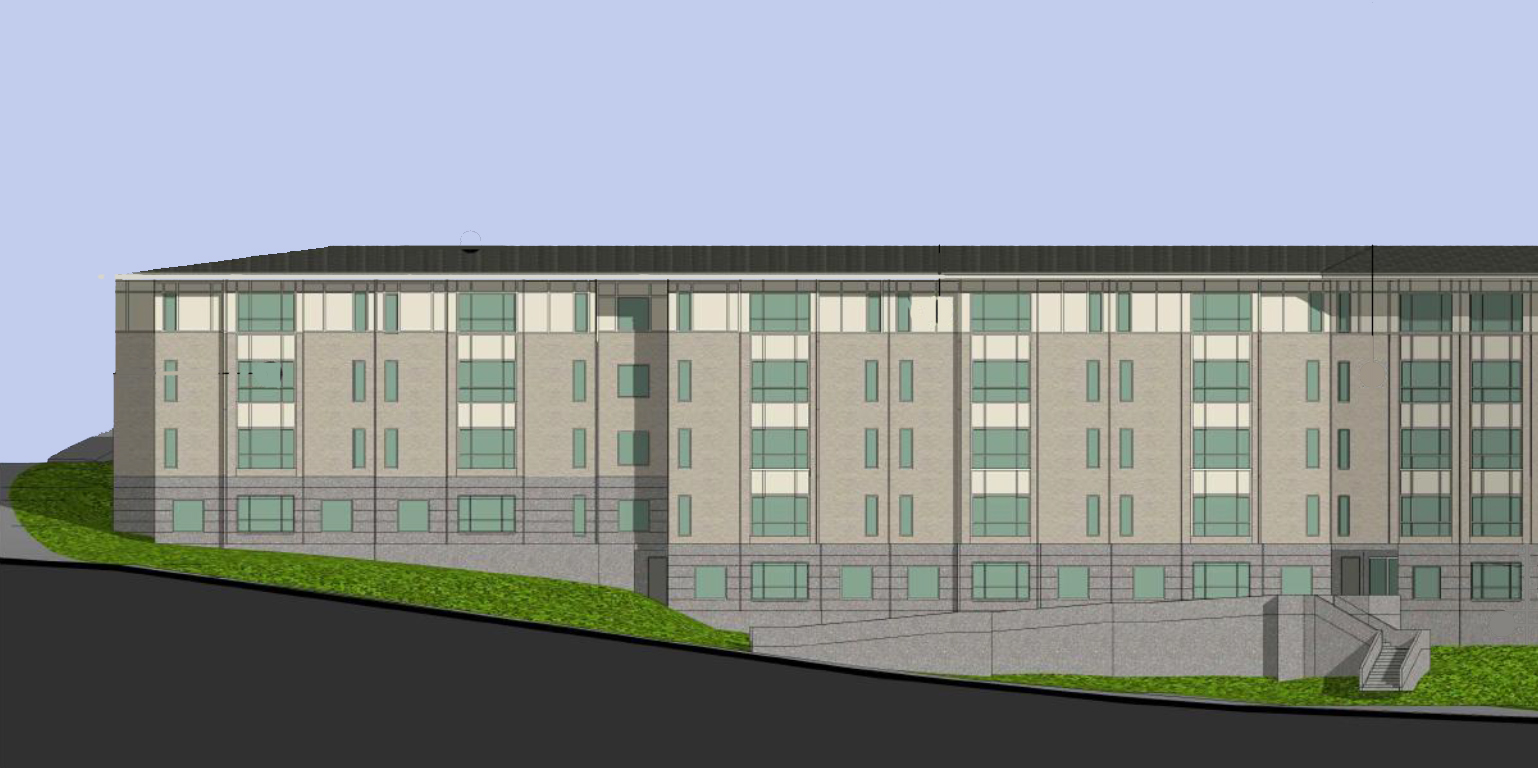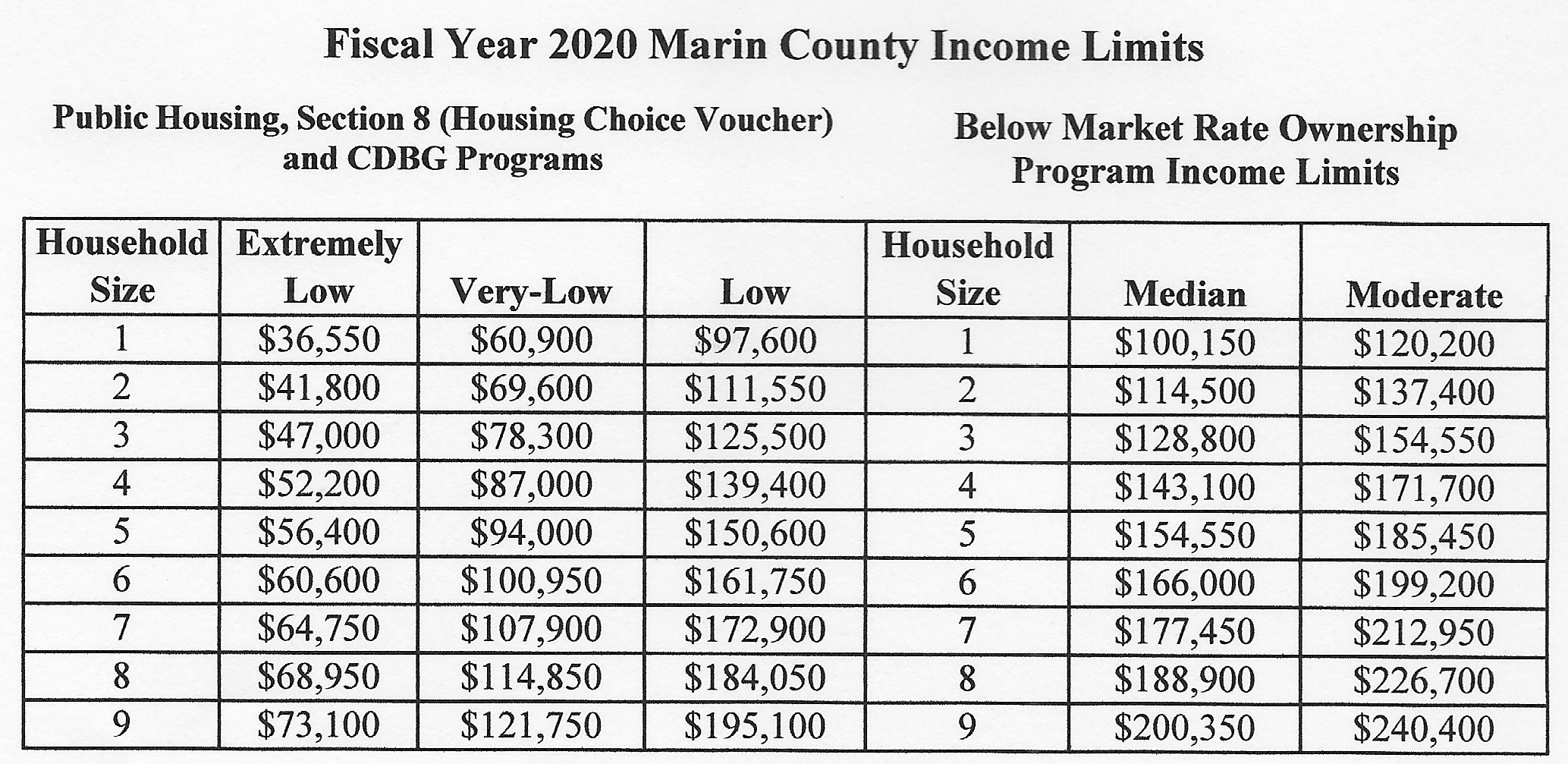Massive housing development planned for Marin City
ACTION NEEDED: This project is still in the Initial Review Phase, so comments now are needed. View all available documents.

While the 74-unit, five-story development proposed for 825 Drake Avenue in Marin City meets some key Sierra Club criteria for dense, infill development, it fails on multiple, serious factors. The Sierra Club supports having density located within an existing community, close to transit, and in an area planned by the county for future housing. [i] Also, as currently proposed, the project’s units are unaffordable to existing residents of Marin City’s historically Black community. [Read more about the history of Marin City]
Read MGSC letter with exhibits: #1 & 2 | #3
According to the Marin County Community Development Agency webpage, the project will consist of 100 percent affordable housing, “with 20% of the units (15 units) for very low-income households while the remaining 80% of the units (57 units) will be set aside for low-income households.”[ii] While that sounds great on the surface, affordability levels are pegged to sky-high regional rents — a single person making $97,600 qualifies for low-income housing in Marin County. That means this project won’t meet the needs of Marin City’s Black residents, a quarter of whom live below the poverty line and require extremely low affordable housing. No units are set for those at the extremely low level of need. We’d like to see the planners actively engage with the community in order to provide equitable access for residents and prevent further gentrification and displacement. The percentages should be reversed, at least.
Like communities of color statewide, Marin City’s Black residents are being displaced in disproportionate numbers by wave after wave of gentrification. Many Black families originally moved to Marin City to work at the Marinship yard during WWII, but redlining policies prevented them from being able to purchase homes elsewhere in the county after the war ended. Historically Marin City was 90% Black; today they make up only a quarter of Marin City’s 3,000 residents and just 2% of the county’s total population. Their children, grandchildren, and great-grandchildren have been crowded out and are living in East Bay and as far away as Vallejo.
The Golden Gate Village public housing development, home to about three-quarters of Marin City’s Black residents, and built by Frank Lloyd Wright protégé to honor Black Americans who worked the shipyard, is itself under threat. Gentrification is the face of the new racism, disguised under the misnamed banners of "affordable housing" development or “diversification of income levels” which are not serving the needs of those who work in an area to be able to live there.
To solve our housing crisis, we need much more new housing. But unless new housing is financially accessible and planned in consultation with existing communities that are struggling to afford to stay, we’re going to see more displacement, particularly among communities of color. We urge you to contact Marin County Planner Immanuel Bereket and urge him to make this a project that would support the very low and extremely low-income hourly worker with housing, especially for the existing residents and their families of this historic Black community. We would also ask him to reach out to and engage the nearby very low-income senior residents of the Village Oduduwa community who will be impacted by this project.
The Myth of “Affordable” Housing in Marin
DID YOU KNOW? In Marin, families of four making $117,000 a year can qualify for affordable housing? This is because the financials for “affordable” are based on Marin’s median income. Many Marin residents, even some living in the Marin City condos and townhouses, are extremely wealthy, which skews the median and thus the affordable figures skyward. This effectively shuts the blue-collar workers, teachers, day laborers, nurses aides, caregivers, and other extremely low-income workers right out of the housing that is supposed to be built to support them.
Developers are only required to build affordable units at 10% or 15% (although some areas require 20%) of the total units in a high-density project. But they are now pushing the state for higher (market-rate and luxury) rental units, which also skews the housing that is built to favor higher salaried workers and larger profits for investors. High rents throughout the county in these new developments and elsewhere are forcing out lower-income residents and moving them further and further away from their jobs.
The reality is that Marin City needs housing for the very low and extremely low levels if the Marin County median income is being used to determine affordability.[iii] We prefer the term "Living Rent" to the captured term "Affordable". State and Federal subsidizing would help developers complete projects with these Living Rent goals attainable.
Fiscal Year 2020 Marin County Income Limits
Public Housing, Section 8 (Housing Choice Voucher) and CDBG Programs

The “Extremely Low,” “Very Low Income” and “Low Income” schedules shown here were published by the U.S. Dept. of Housing and Urban Development (HUD), effective 4/1/2020. The “Median Income” schedule shown below is based on the FY2020 median family income for the San Francisco HMFA of $143,100 for a four-person household, issued by HUD effective 4/1/2020, with adjustments for smaller and larger household sizes. The “Moderate Income” schedule shown above represents 120% of the median income. For additional information, you may consult the HUD website.
When most people talk about creating affordable housing, it is clear from the numbers above, where a “low income” family of four can earn up to $139,400 to qualify, this is not what they mean. To have a median income of $143,000 means there are some extremely, very, substantially wealthy people boosting those figures upward, leaving ones with truly lower incomes behind.
[i] In addition, Marin City has only one exit/entrance point that floods in high tide/rain events that have blocked access in or out. It is essentially a box canyon, easily blocked and in an emergency might not be easy to escape from.
[ii] 2020 data for Marin County set median income at $143,100, so 20% of units are available for those with incomes of $85,860 or lower and 80% of units for those with incomes of $114,480 or lower.
[iii] In 2017, a family of four in Marin with an income of $105,350 per year is considered “low income,” because that is 80 percent of the $115,300 median income for those areas. A $65,800 annual income is considered “very low” for a family the same size, and $39,500 is “extremely low.” By comparison, the median household income in Marin City is $42,737.